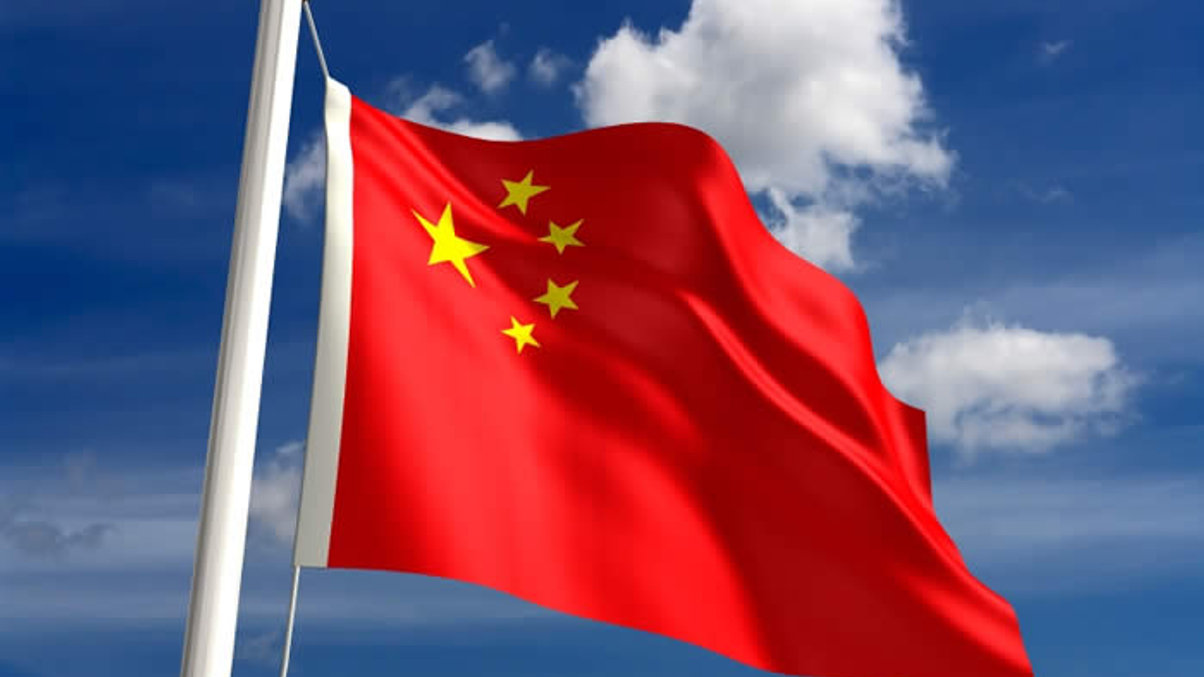NSSF boosting use of fund firms
The Chinese pension fund's use of external managers and its foreign exposure are tipped to rise due to mandates from provincial governments. But it has been criticised for its approach to index investing.

China’s $200 billion National Social Security Fund is tipped to make greater use of external asset managers and boost foreign exposure as it wins more portfolio mandates from provincial governments. It has also been criticised by the country's National Audit Office for its approach to index investing.
Sign in to read on!
Registered users get 2 free articles in 30 days.
Subscribers have full unlimited access to AsianInvestor
Not signed up? New users get 2 free articles per month, plus a 7-day unlimited free trial.
¬ Haymarket Media Limited. All rights reserved.


